
The fishing sector is facing an existential threat to its future amid soaring input costs and chronic labour shortages, industry insiders have warned.
Just over a quarter (26%) of 372 UK vessel owners and skippers saw the outlook for the next three to five years as “bad” or “very bad”, found a survey by industry body Seafish.
A further 38% said they were unsure what the future held.
“If you speak to pretty much any of the fishermen in our supply chain, they are in survival mode and have been for years,” said Daniel Whittle, MD of Whitby Seafoods. “Like everyone, they have had a number of years where business has been very difficult.”
This was reflected in data from Seafish on the 2021 fishing economy, which found industry income was down 9% on pre-Covid levels at £893m.
Seafish chief economist Arina Motova-Surmava said the body was hearing from businesses that “fish price increases vary depending on species and in some cases they are limited, and therefore not sufficient to compensate increase of fuel prices and their pressure on crew shares and wages”.
Fuel continued to be “the main driver” of concern for businesses, and was “a crucial factor in the viability of fishing trips”, said Barrie Deas, CEO of the National Federation of Fishermen’s Organisations.
“Prices for fish remain reasonable and the crisis would have been much worse without this, but the volatility of fuel costs at a high level may persuade some vessel operators that they cannot operate profitably,” Deas explained.
His comments were echoed by Whittle who said one of his suppliers had “described the situation in a very clear way, which is if I go out and fish, I will lose money so I can’t go out and fish – or I can tie up and not fish and I will lose money [too] because I still have to pay my crew”.
Salmon farmer provides cost of living support for 678-strong workforce
Whitby, in response, increased its raw material price earlier this year to offset these fuel costs. But fishermen are still no better off.
In April, The Grocer reported that the price of diesel had risen by two-and-a-half times the quay rate since 2020. While other fuels had received a tax reduction, red diesel – used by most fishing boats and trawlers – had not seen a cap or reduced rate.
However, Whittle stressed this was not the only issue faced by the sector. “All the other cost increases like equipment, food and interest rates will also have an impact, as will the ability to source suitable crew.”
Labour has become an increased problem following Brexit and the Nationality & Borders Act 2022, which, according to Whittle, had meant a “complicated change” to how crew can be employed.
The new rules mean workers now have to come through the skilled workers visa route, which requires a boat worth over £10,000 and annual crew pay over £25,000 – “none of which really works economically”, he claimed.
Whittle added that fishing crews should be on the shortage occupation list rather than the skilled worker list as it did not require an advanced English test and the minimum annual pay was £20,000.
The sector is “facing the same challenge as lots of food manufacturers, which is labour,” he said. “I would love to automate. We have projects to automate the labour element, but they are really hard, and they take years and millions of pounds.”
And as with other areas of the food sector, British workers were hard to come by in fishing, he suggested. The “balance between pay, hours and working conditions and remote location mean that there just aren’t UK nationals interested in it”, Whittle pointed out.
As a result of the labour shortage Whitby Seafoods is forecasting lower supply, which means it will be able to produce less scamp over the coming months.
And the mood among his partners on vessels was therefore worse than ever. “They’re thoroughly miserable.”







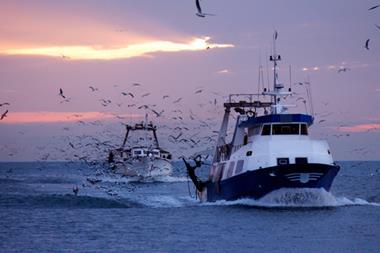
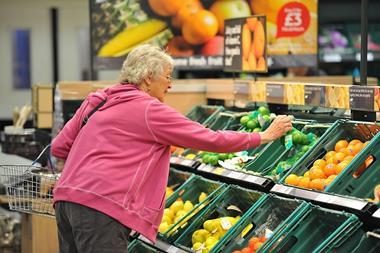
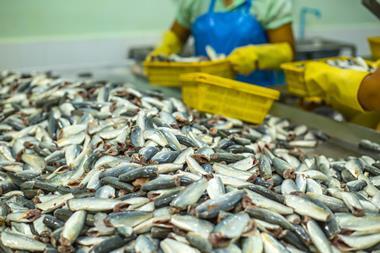
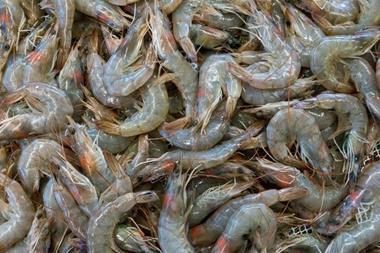
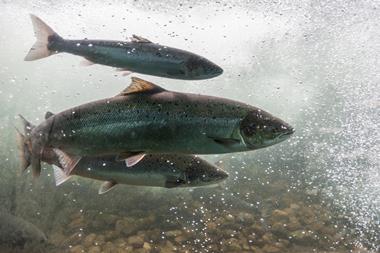







No comments yet